Home>Furniture & Design>Bathroom Accessories>Why Does Water Keep Running In Toilet Bowl
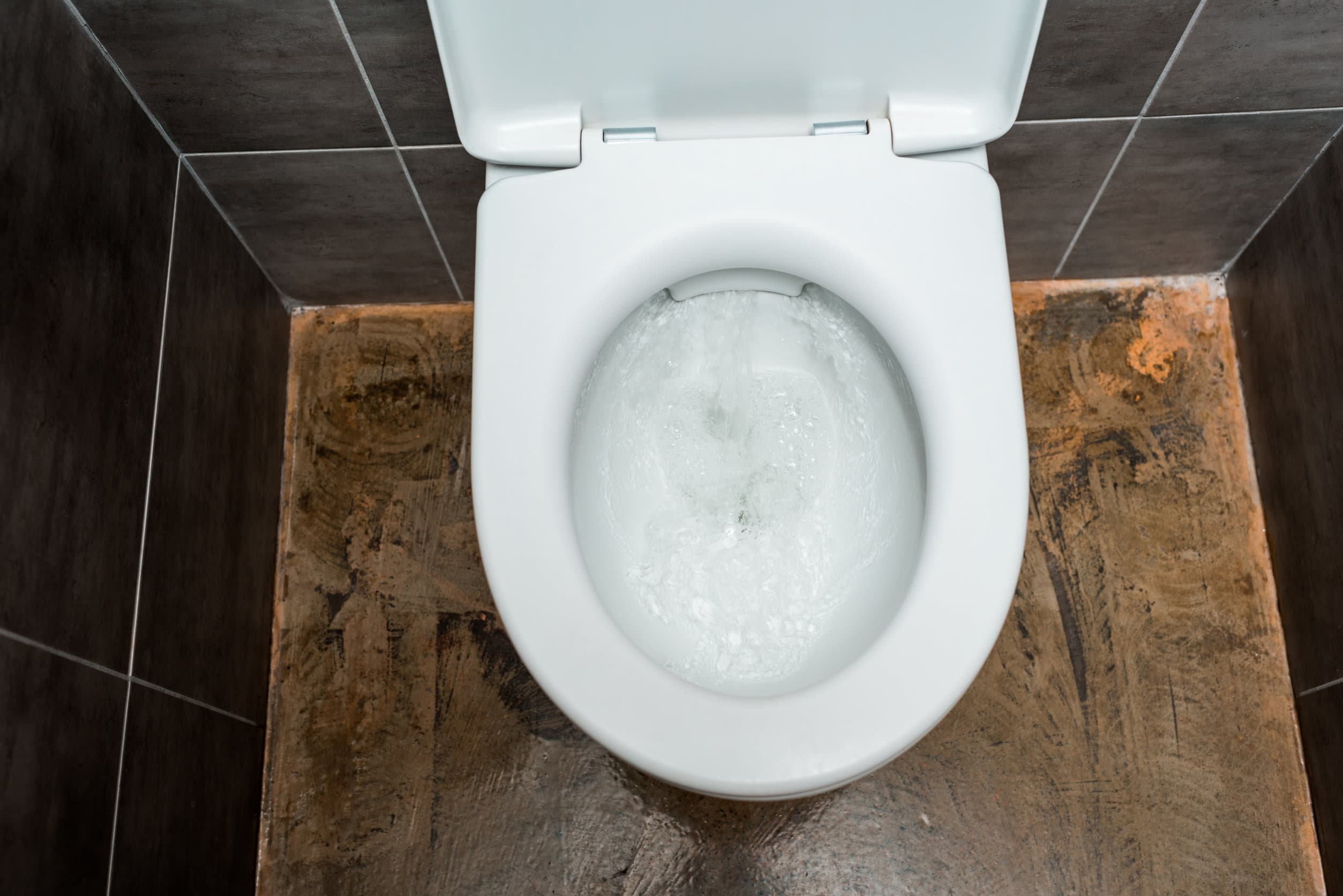

Bathroom Accessories
Why Does Water Keep Running In Toilet Bowl
Modified: March 21, 2024
Discover the reasons why water keeps running in the toilet bowl and how to fix it with the right bathroom accessories. Keep your bathroom in top condition.
(Many of the links in this article redirect to a specific reviewed product. Your purchase of these products through affiliate links helps to generate commission for Storables.com, at no extra cost. Learn more)
Introduction
The sound of a continuously running toilet can be both frustrating and concerning. It's a common issue that many homeowners encounter, and it often leads to wasted water and higher utility bills. Understanding why water keeps running in the toilet bowl is the first step toward resolving this problem. In this article, we will delve into the mechanisms behind the continuous flow of water in the toilet bowl, explore the common causes of this issue, and provide practical solutions for fixing a running toilet. By the end of this article, you will have a comprehensive understanding of why this occurs and how to address it effectively. Let's dive into the intricacies of toilet mechanics and troubleshooting to put an end to that persistent running water in your toilet bowl.
Key Takeaways:
- Don’t let a running toilet run your water bill up! Learn how to fix it by checking the flapper, adjusting the fill valve, and clearing mineral buildup. Save water and money!
- Understanding how your toilet works can help you troubleshoot and fix continuous water running. Keep your toilet in top shape by replacing worn-out parts and performing regular maintenance.
Read more: Why Does Water Level Drop In Toilet Bowl
How Does the Toilet Bowl Fill with Water?
The process of filling the toilet bowl with water is a fundamental aspect of its functionality. Understanding this mechanism is crucial in diagnosing and resolving issues related to continuous water running in the toilet bowl.
When the toilet is flushed, the trip lever lifts the flapper, which is a rubber valve at the bottom of the tank. This action allows water to flow from the tank into the toilet bowl through the flush valve. As the water enters the bowl, it creates a siphon effect, which initiates the flushing action and removes waste from the bowl.
Once the flushing process is complete, the flapper reseats itself at the bottom of the tank, effectively stopping the flow of water into the bowl. At this point, the tank begins to refill to its predetermined level. The refill process is facilitated by the fill valve, also known as the ballcock, which controls the flow of water into the tank. As the water level in the tank rises, the float ball attached to the fill valve also rises, signaling the valve to shut off the water flow once the desired level is reached.
It's important to note that the fill valve is equipped with an overflow tube, which prevents overfilling by directing excess water into the bowl. This mechanism ensures that the water level in the tank remains consistent and prevents potential water wastage.
In summary, the toilet bowl fills with water through a carefully orchestrated process involving the trip lever, flapper, flush valve, fill valve, and overflow tube. Understanding the interplay of these components is essential in diagnosing any issues related to continuous water running in the toilet bowl.
By comprehending the intricate process of how the toilet bowl fills with water, homeowners can better troubleshoot and address any malfunctions that lead to persistent water running, ultimately restoring the toilet to its optimal functionality.
Common Causes of Continuous Water Running
-
Worn Out Flapper: Over time, the flapper, which is responsible for sealing the flush valve at the bottom of the tank, can deteriorate or become misaligned. This can lead to water leakage from the tank into the bowl, causing continuous running water. Inspecting the flapper for signs of wear and tear, such as cracks or mineral buildup, is crucial in identifying this common issue.
-
Faulty Fill Valve: A malfunctioning fill valve can result in the continuous flow of water into the tank. If the fill valve fails to shut off properly after the tank has refilled, it can lead to an overflow situation, causing water to continuously run into the bowl. This can be caused by a defective fill valve or issues with the float mechanism that regulates the valve's operation.
-
Improperly Adjusted Float Ball: The float ball, which is connected to the fill valve, regulates the water level in the tank. If the float ball is set too high, it can prevent the fill valve from shutting off, leading to continuous water running. Conversely, if the float ball is set too low, it may result in inadequate water levels in the tank, affecting the flushing capability of the toilet.
-
Mineral Buildup and Debris: Accumulation of mineral deposits and debris in the flush valve or fill valve can impede their proper functioning, leading to continuous water running in the toilet bowl. Mineral buildup can prevent the flapper from creating a watertight seal, while debris in the fill valve can disrupt its ability to regulate water flow effectively.
-
Faulty Flush Valve Seal: The seal around the flush valve can degrade over time, allowing water to leak into the bowl continuously. This can be caused by wear and tear or mineral buildup, compromising the seal's integrity and resulting in persistent water running.
Identifying these common causes of continuous water running in the toilet bowl is the first step in resolving this issue. By pinpointing the specific malfunction, homeowners can take targeted steps to address the root cause and restore their toilet to proper working condition.
Check the flapper and the fill valve in the toilet tank. If the flapper is worn or the fill valve is not closing properly, it can cause water to keep running in the toilet bowl. Replace any faulty parts to fix the issue.
How to Fix a Running Toilet
Resolving a running toilet requires a systematic approach to address the underlying causes effectively. By following these steps, homeowners can troubleshoot and rectify the issue, restoring their toilet to optimal functionality.
-
Inspect and Replace the Flapper: Begin by examining the flapper for signs of wear, mineral buildup, or misalignment. If any issues are detected, it's advisable to replace the flapper with a compatible replacement part. Ensure that the new flapper creates a watertight seal when closed, preventing water from continuously flowing into the bowl.
-
Check and Adjust the Fill Valve: Verify the operation of the fill valve by flushing the toilet and observing its behavior. If the fill valve fails to shut off properly or exhibits erratic behavior, it may need adjustment or replacement. Adjusting the float mechanism attached to the fill valve can help regulate the water level in the tank, preventing overflow and continuous water running.
-
Clear Mineral Buildup and Debris: Inspect the flush valve and fill valve for any mineral deposits or debris that may impede their functionality. If buildup is present, carefully clean the affected components to restore proper water flow and sealing. This can be achieved using vinegar to dissolve mineral deposits and a soft brush to remove debris.
-
Replace Faulty Seals and Components: If the flush valve seal or other critical components show signs of deterioration, consider replacing them to ensure a reliable seal and proper water control. Upgrading worn-out seals and components can effectively eliminate continuous water running in the toilet bowl.
-
Perform a Comprehensive System Check: After addressing specific issues, conduct a comprehensive system check by flushing the toilet multiple times and observing its performance. Ensure that the tank refills to the appropriate level and that the fill valve shuts off promptly after each flush, preventing any residual water running.
By following these steps, homeowners can effectively troubleshoot and address a running toilet, restoring its functionality and preventing water wastage. Regular maintenance and prompt attention to any malfunctions can help prolong the lifespan of the toilet's components and ensure efficient water usage.
This comprehensive guide empowers homeowners to tackle the common issue of a running toilet with confidence, promoting water conservation and sustainable household management.
Conclusion
In conclusion, understanding the reasons behind continuous water running in the toilet bowl and knowing how to address this issue is essential for maintaining a functional and efficient bathroom. By delving into the intricacies of toilet mechanics, homeowners can gain valuable insights into the common causes of this problem and equip themselves with the knowledge to effectively troubleshoot and resolve it.
Continuous water running in the toilet bowl often stems from issues such as a worn-out flapper, faulty fill valve, improperly adjusted float ball, mineral buildup, or a deteriorated flush valve seal. Identifying these common culprits empowers homeowners to take targeted steps in rectifying the malfunction, ultimately restoring their toilet to optimal working condition.
The process of fixing a running toilet involves a systematic approach, including inspecting and replacing the flapper, checking and adjusting the fill valve, clearing mineral buildup and debris, and replacing faulty seals and components. By following these steps, homeowners can address the root causes of continuous water running, promoting water conservation and preventing unnecessary utility expenses.
Moreover, proactive maintenance and regular checks can help prevent the recurrence of this issue, ensuring that the toilet operates efficiently and minimizes water wastage. By staying vigilant and promptly addressing any signs of malfunction, homeowners can prolong the lifespan of their toilet's components and contribute to sustainable water usage in their household.
In essence, the knowledge and practical solutions provided in this article empower homeowners to tackle the common issue of continuous water running in the toilet bowl with confidence and efficacy. By understanding the intricacies of toilet functionality and taking proactive measures to address malfunctions, individuals can contribute to water conservation efforts while maintaining a well-functioning bathroom environment.
Ultimately, by implementing the insights and solutions outlined in this article, homeowners can enjoy the peace of mind that comes with a properly functioning toilet, free from the inconvenience and wastage associated with continuous water running.
Frequently Asked Questions about Why Does Water Keep Running In Toilet Bowl
Was this page helpful?
At Storables.com, we guarantee accurate and reliable information. Our content, validated by Expert Board Contributors, is crafted following stringent Editorial Policies. We're committed to providing you with well-researched, expert-backed insights for all your informational needs.
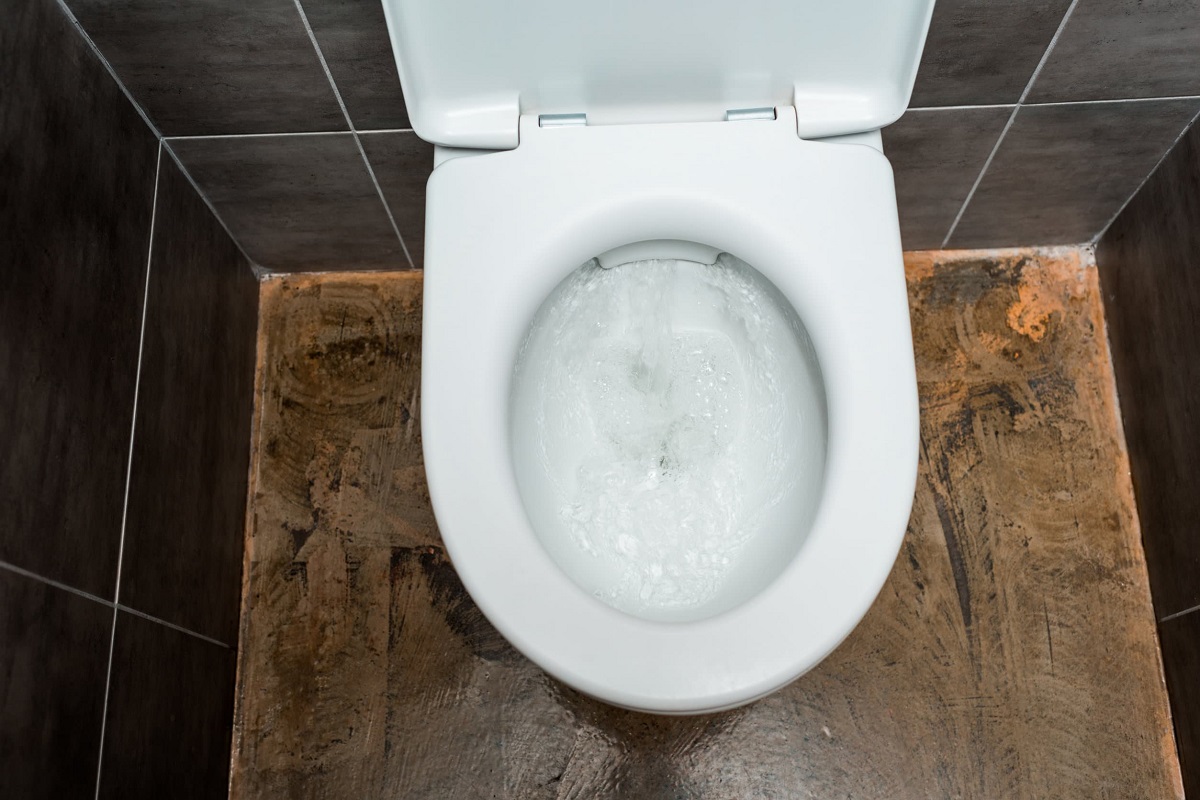
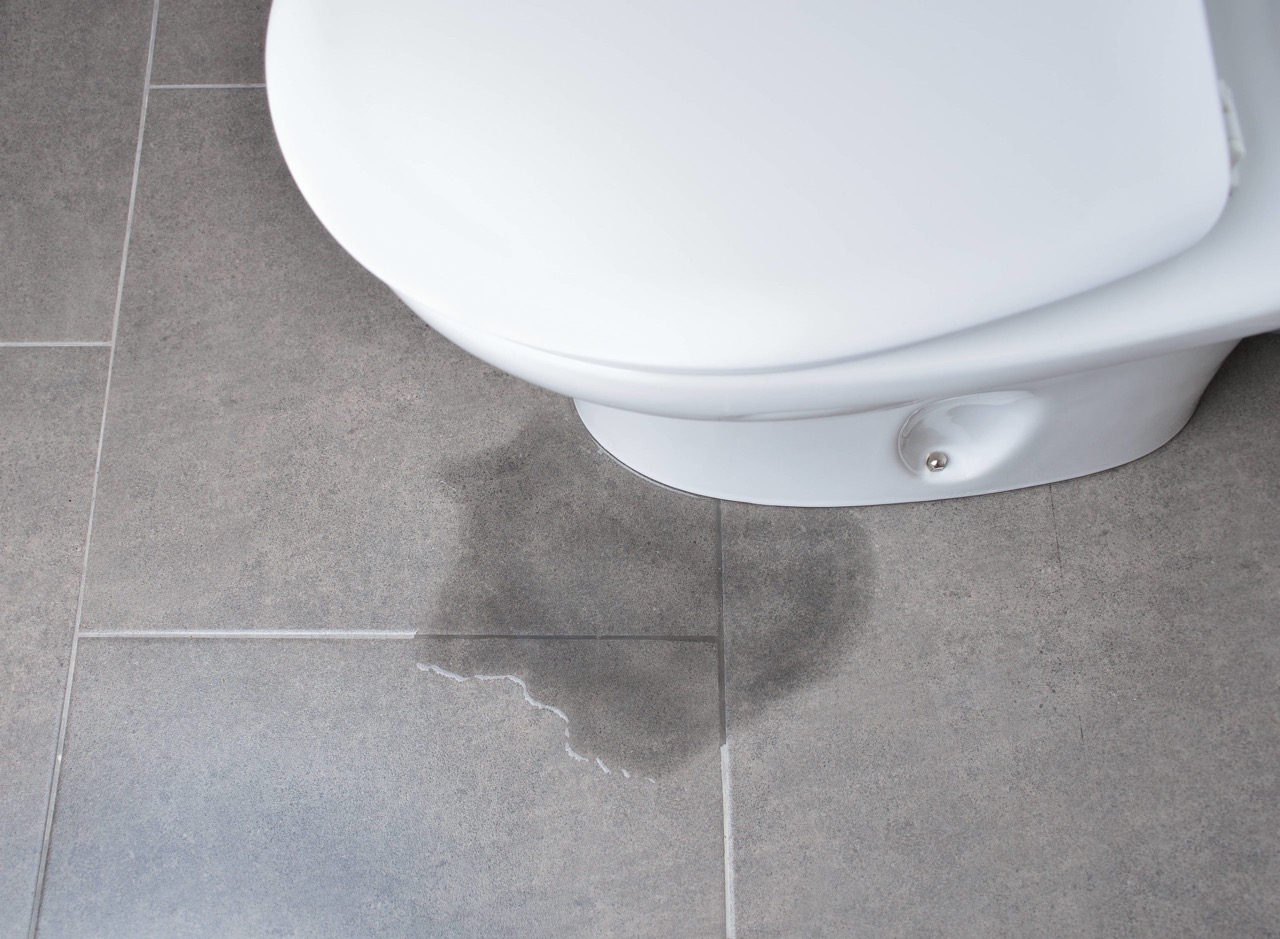
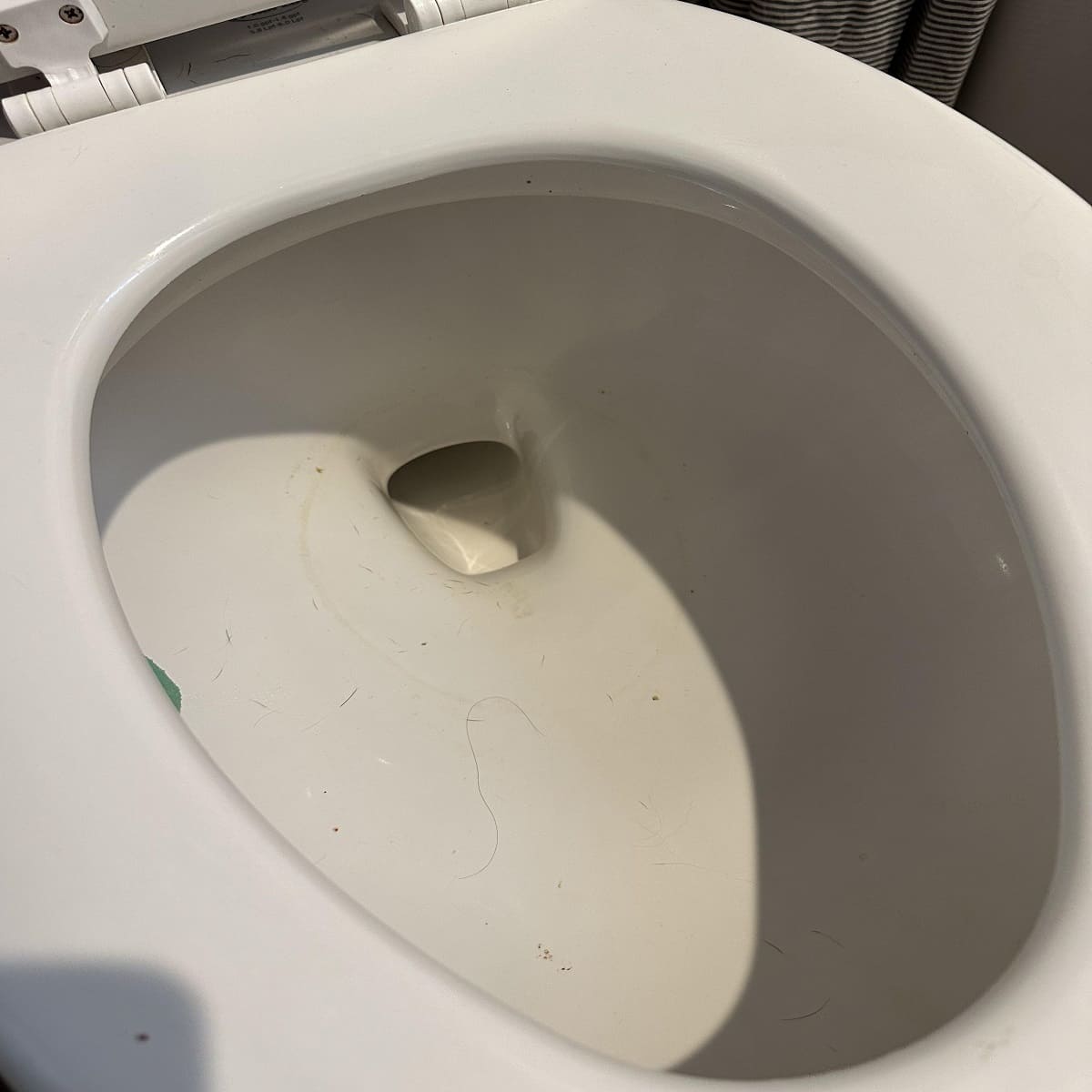
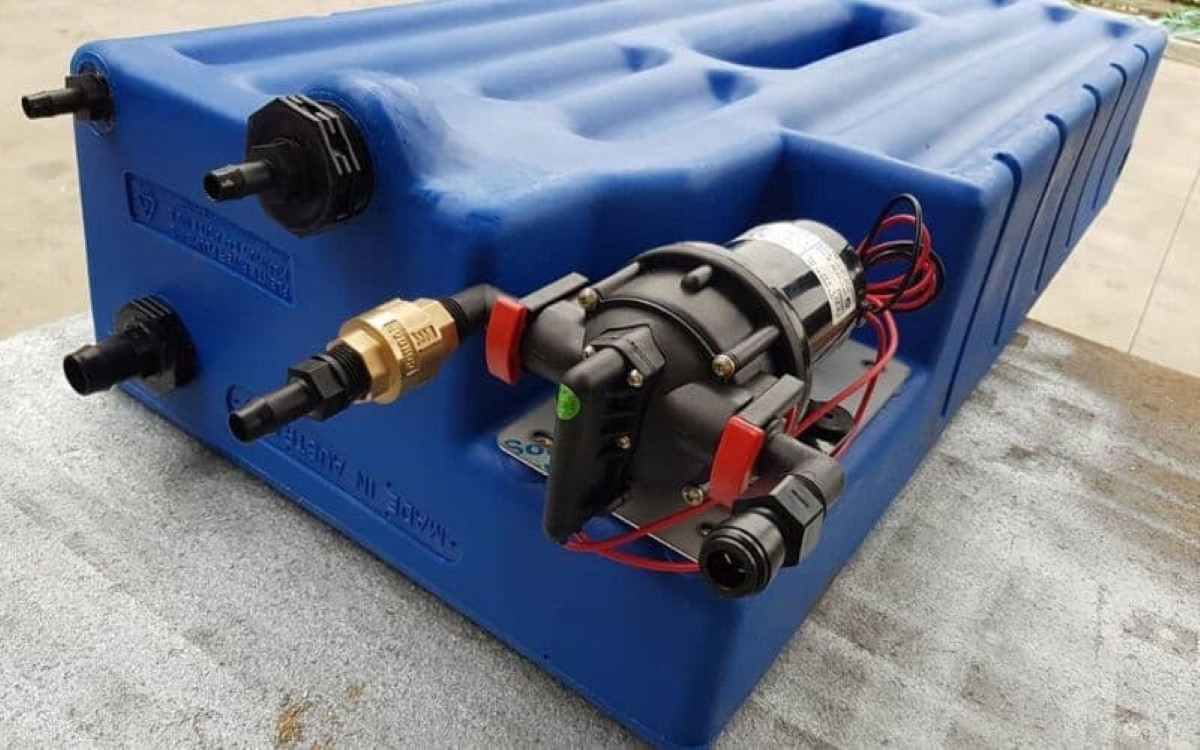
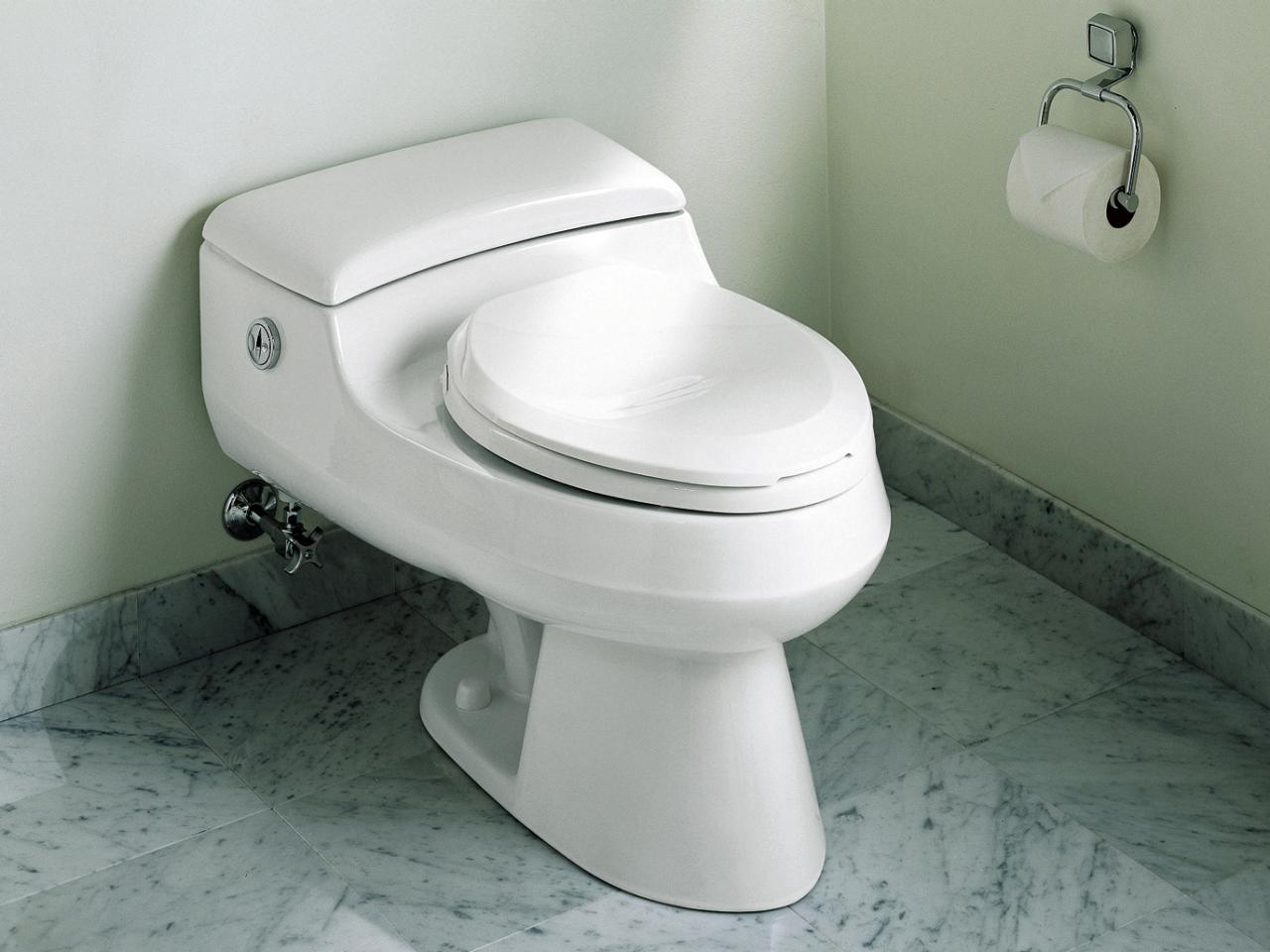
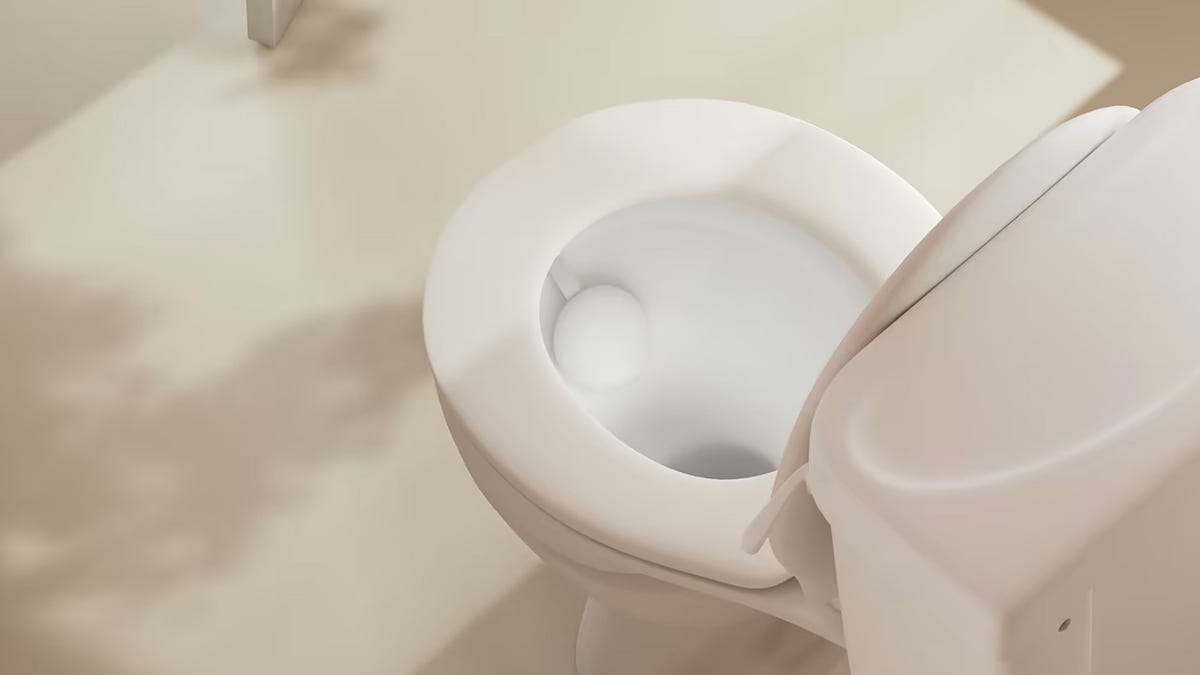
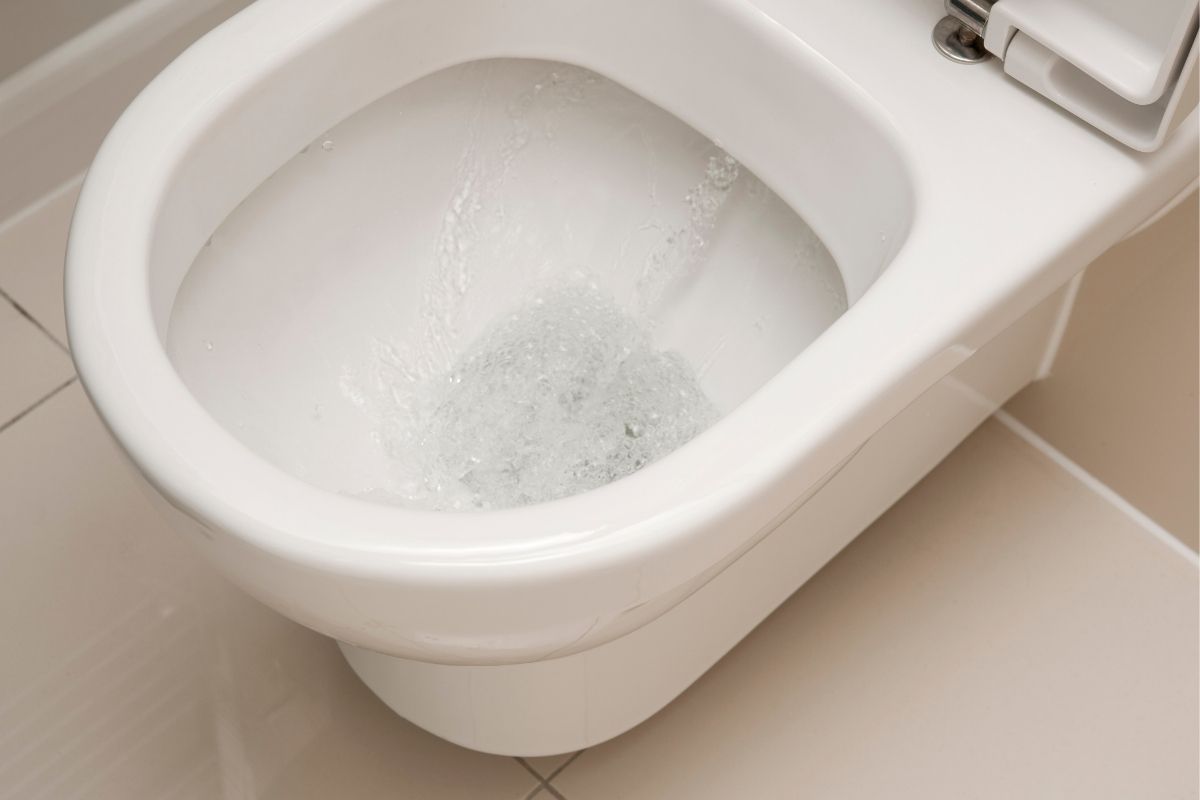
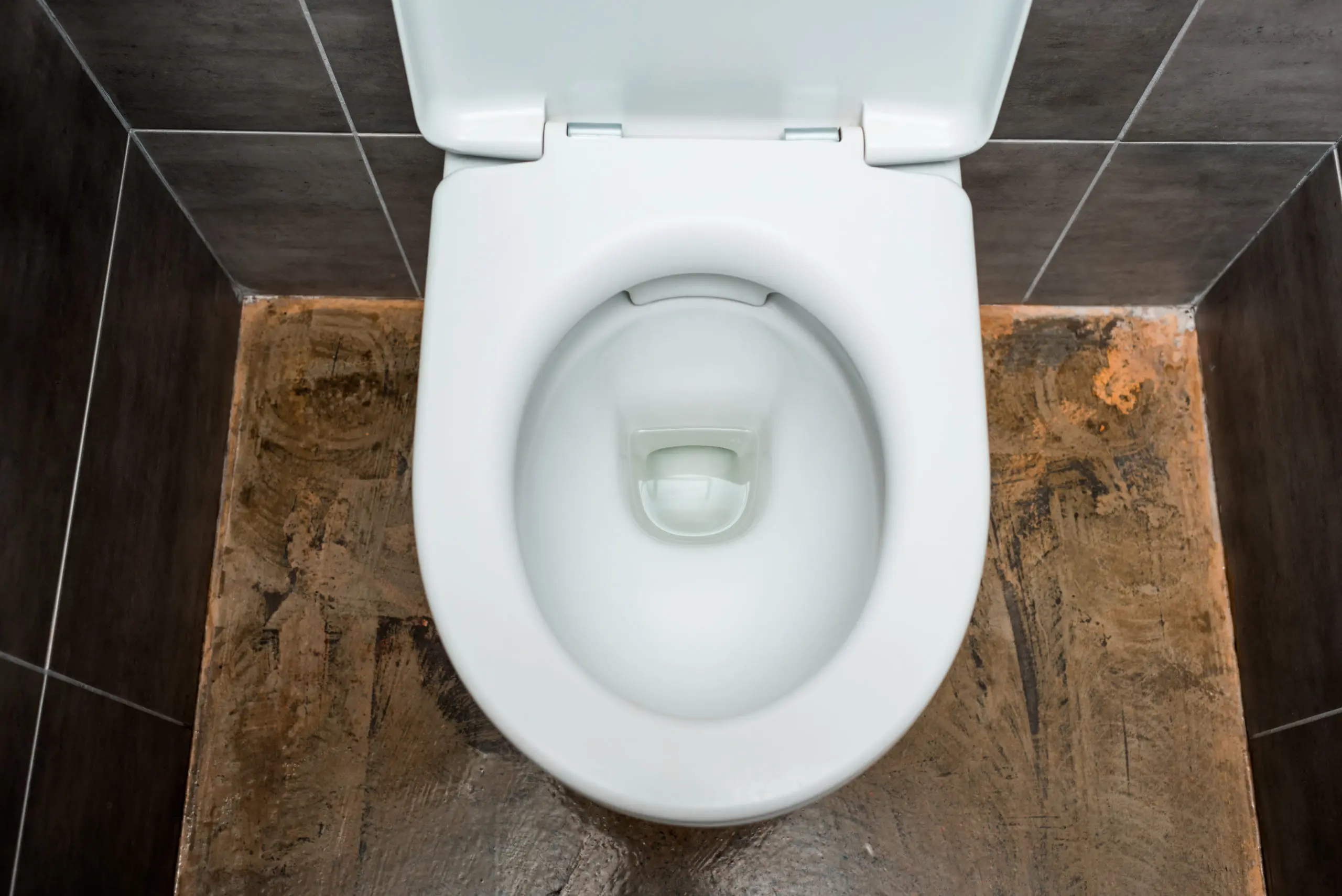
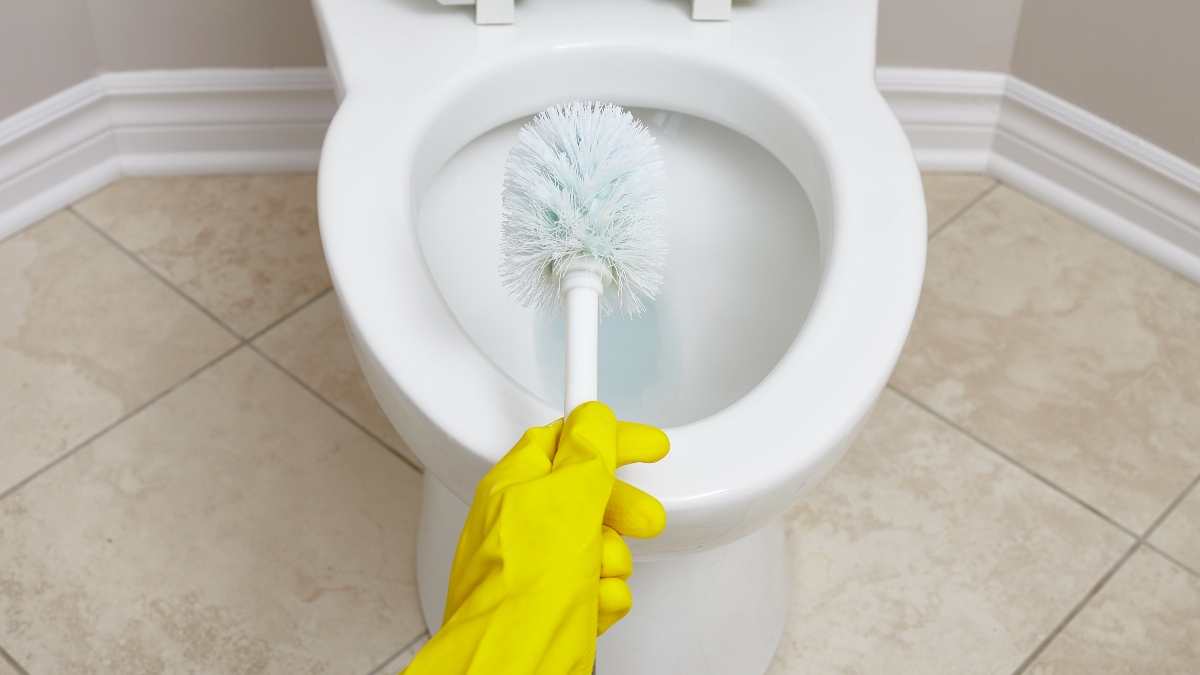
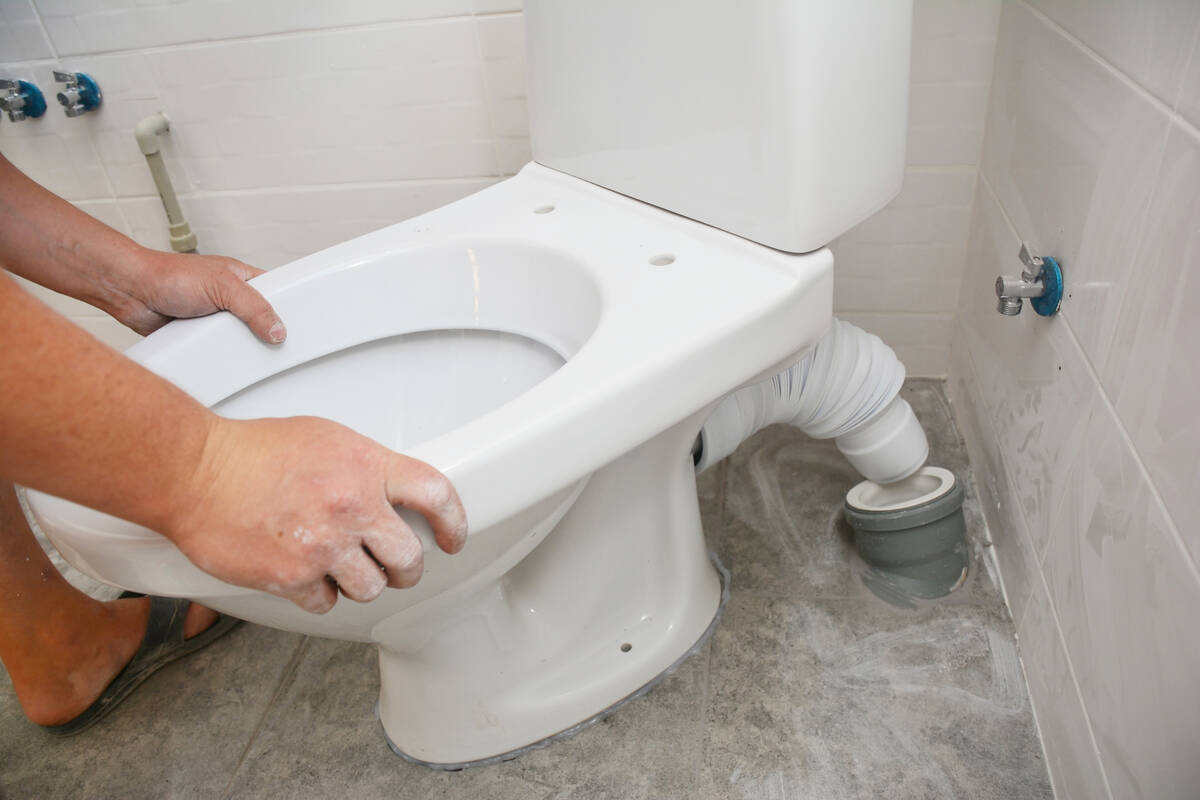
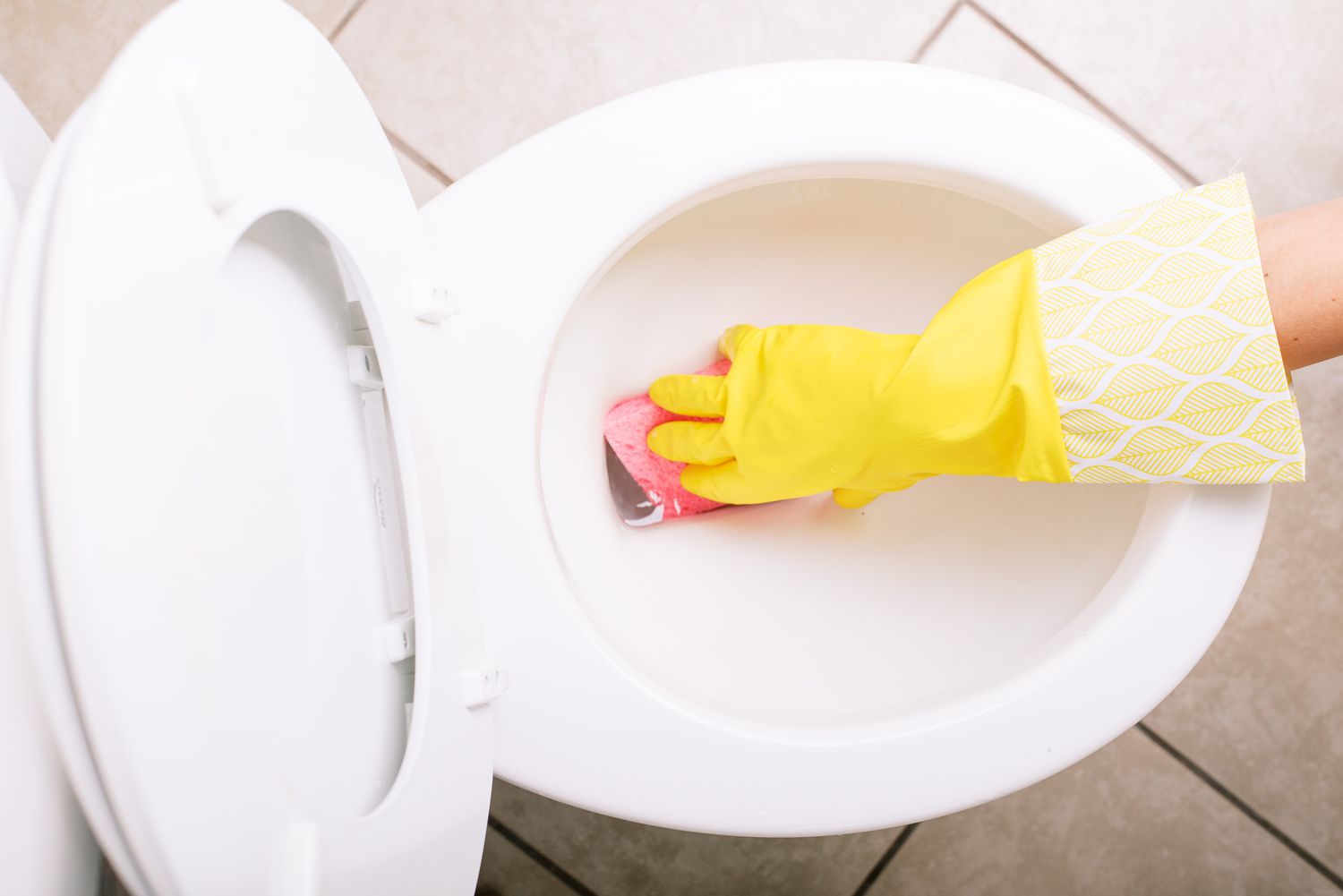
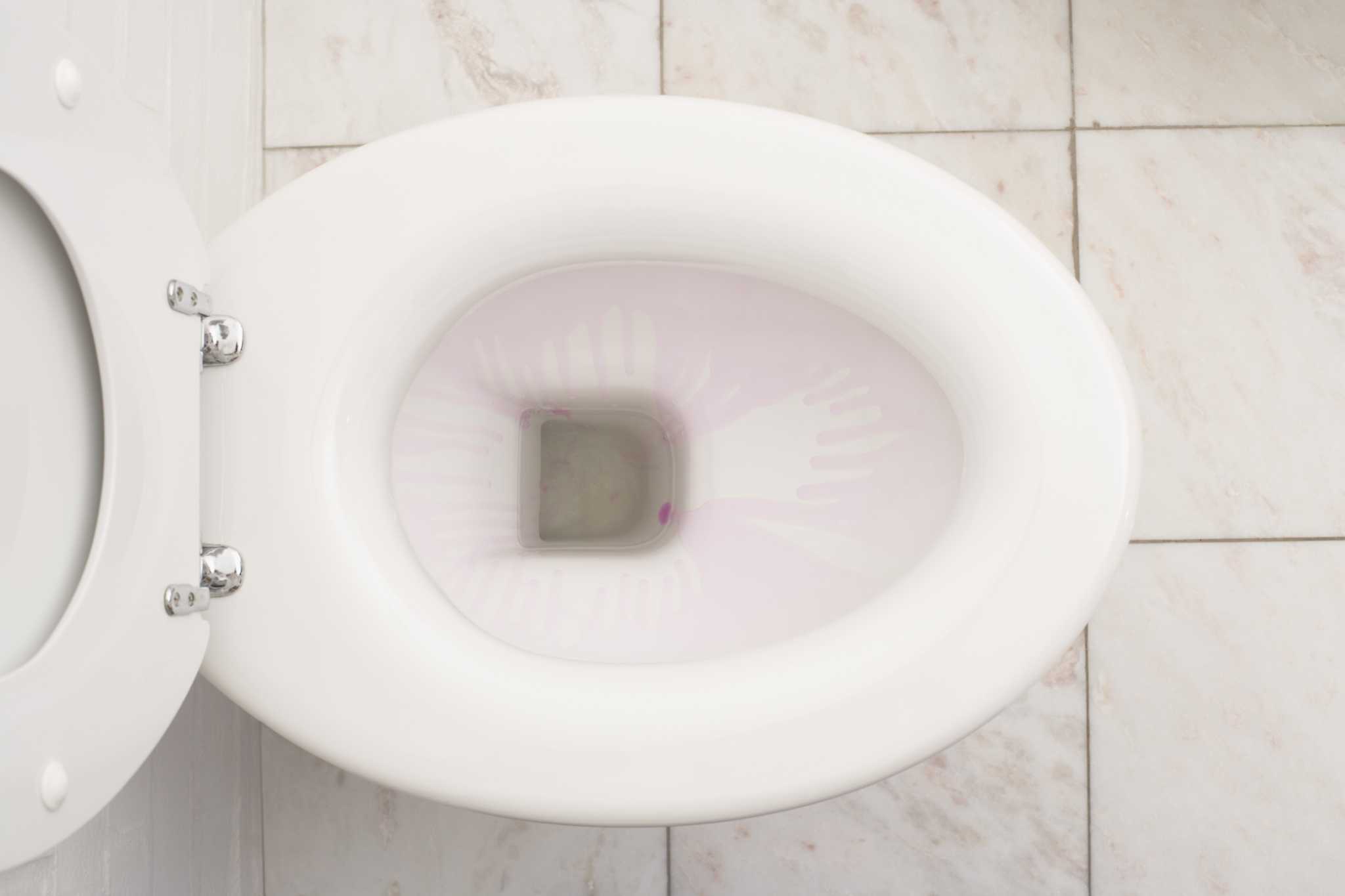
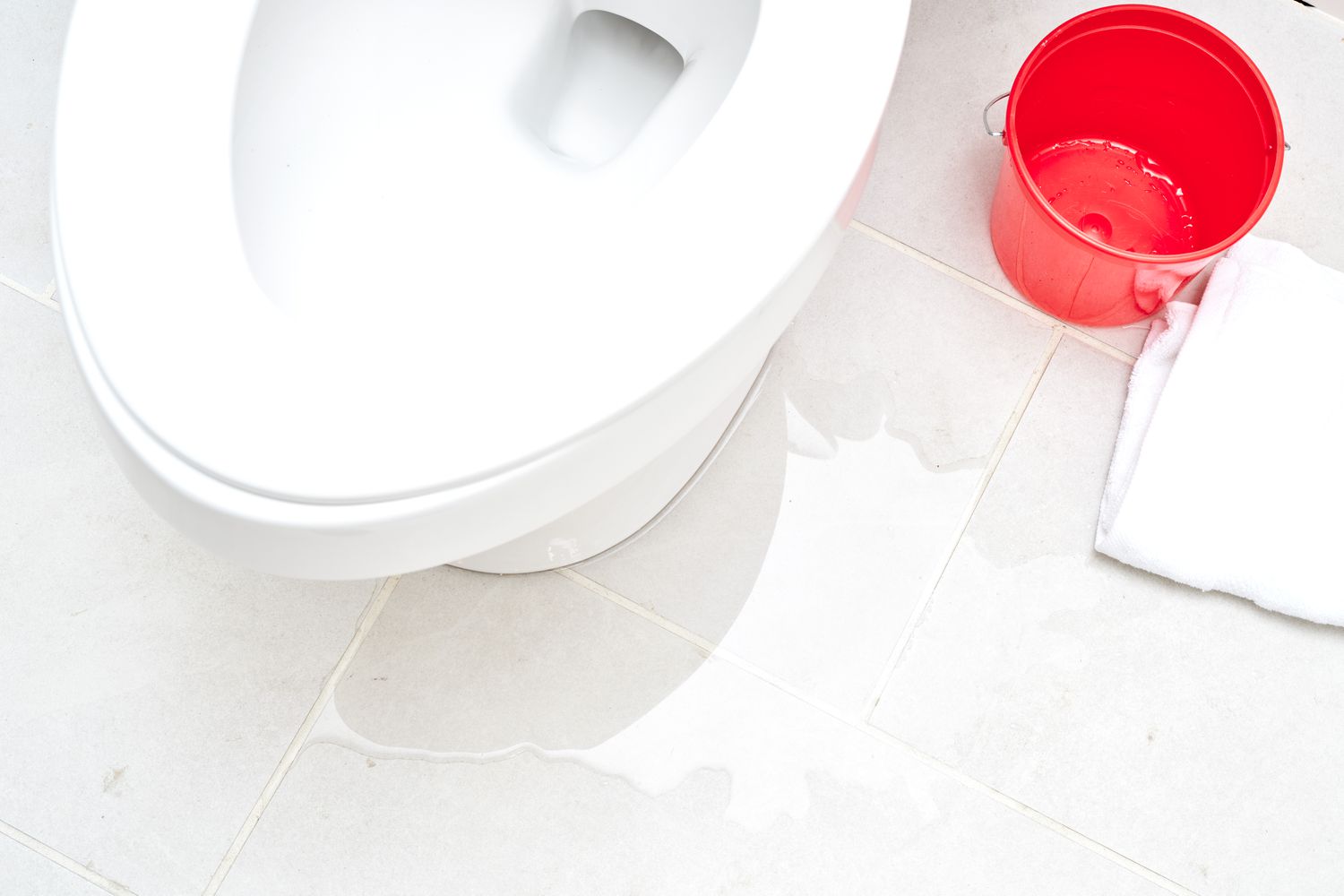
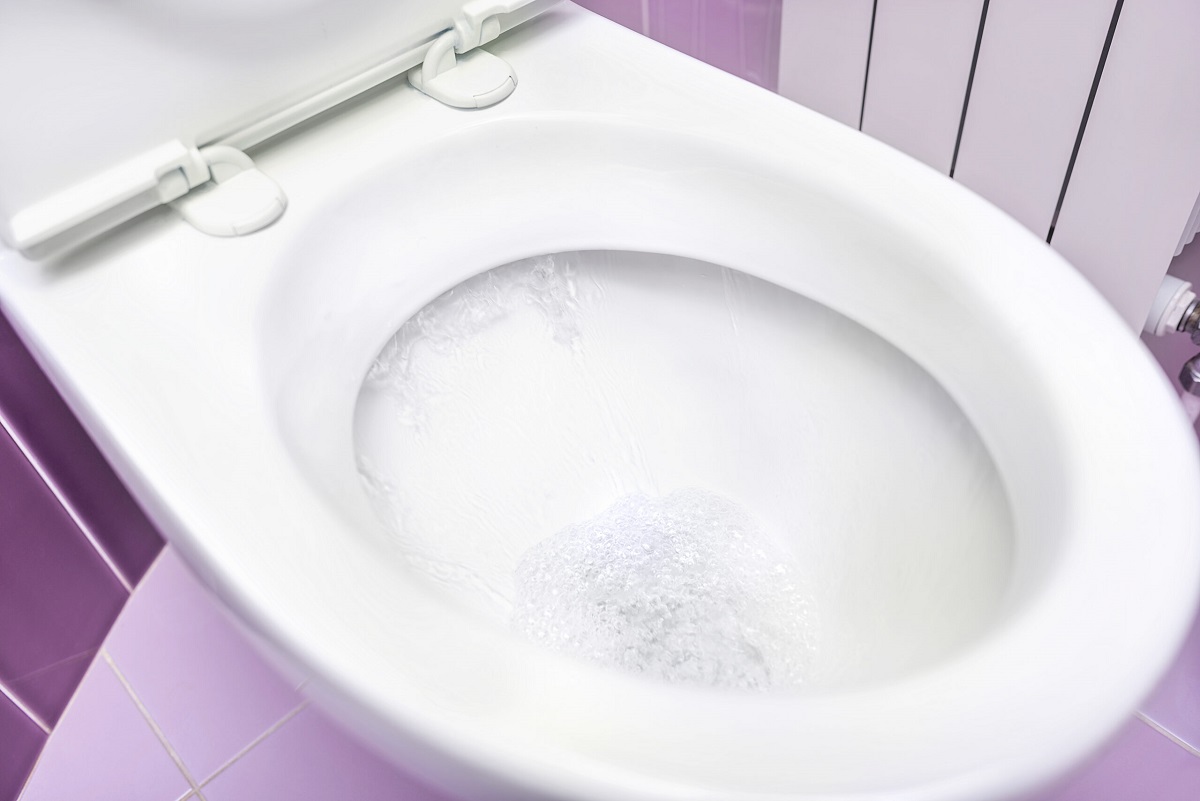
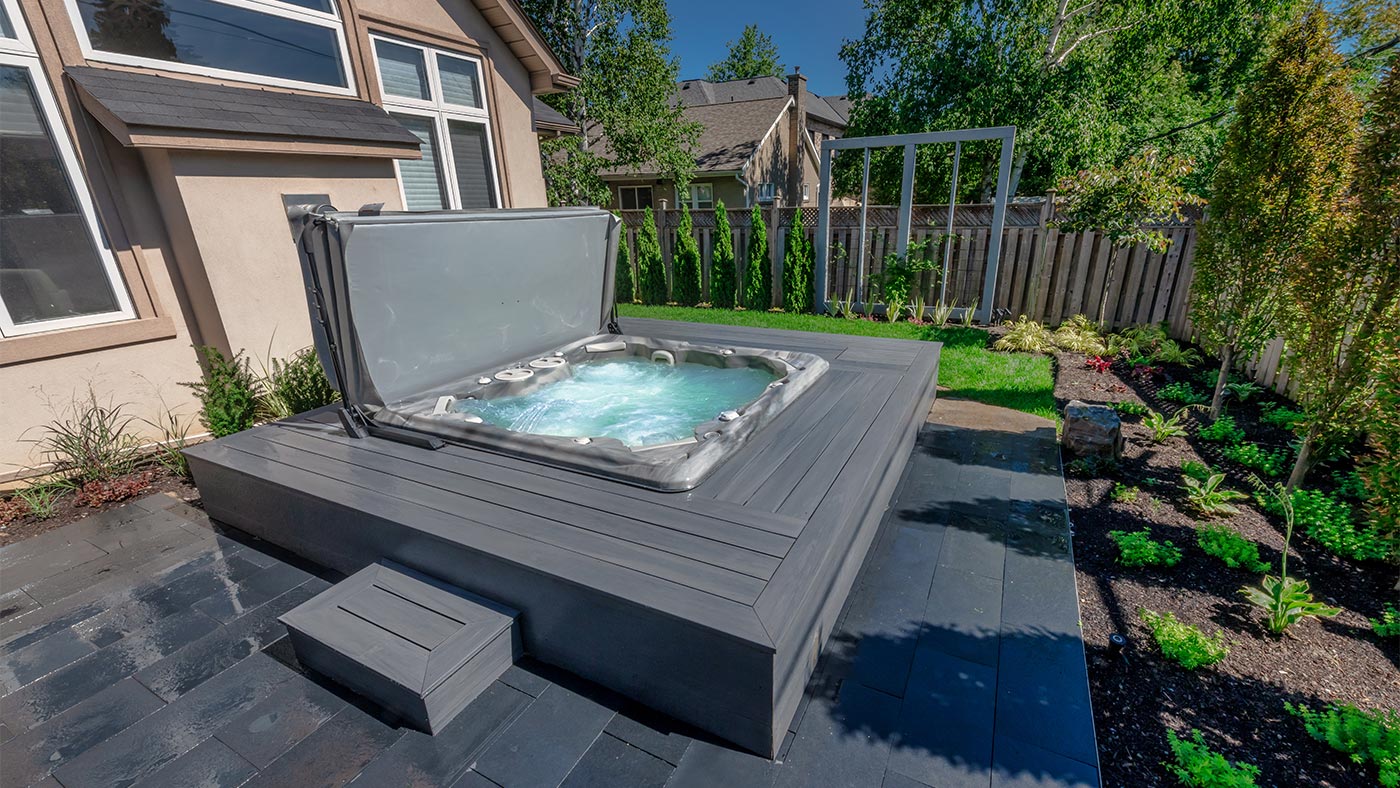

0 thoughts on “Why Does Water Keep Running In Toilet Bowl”